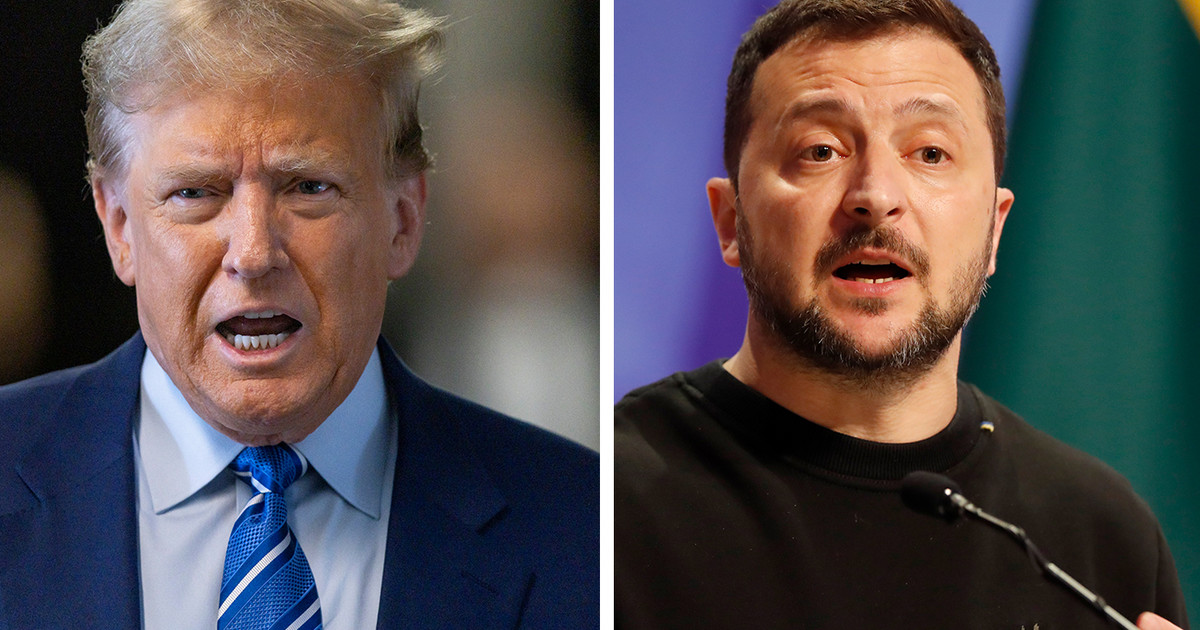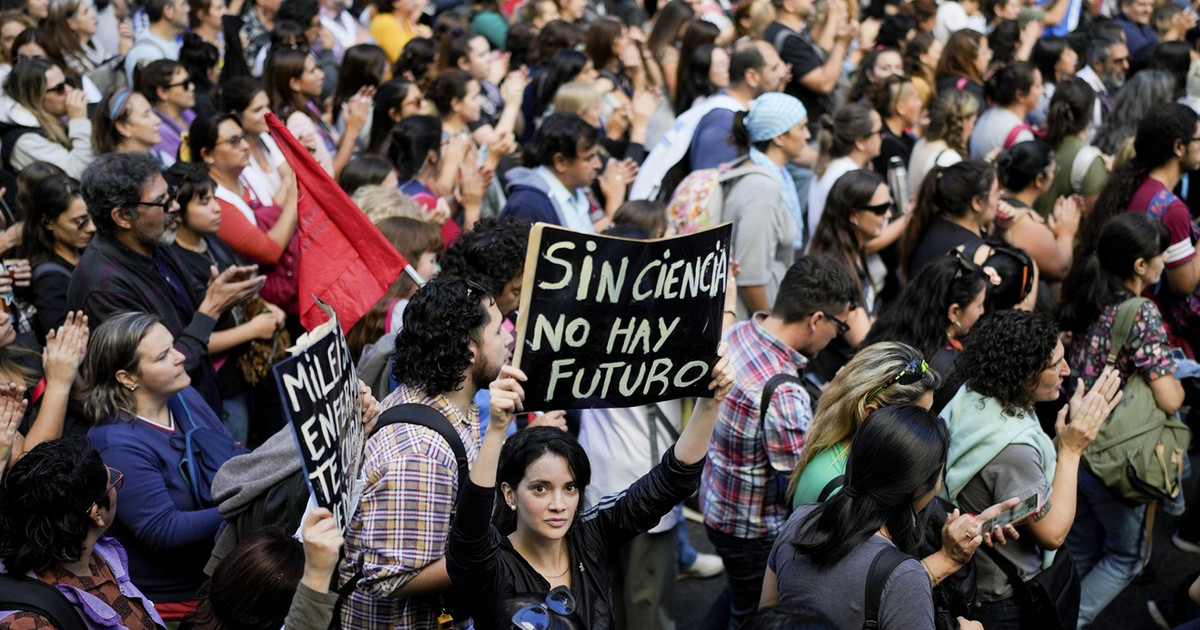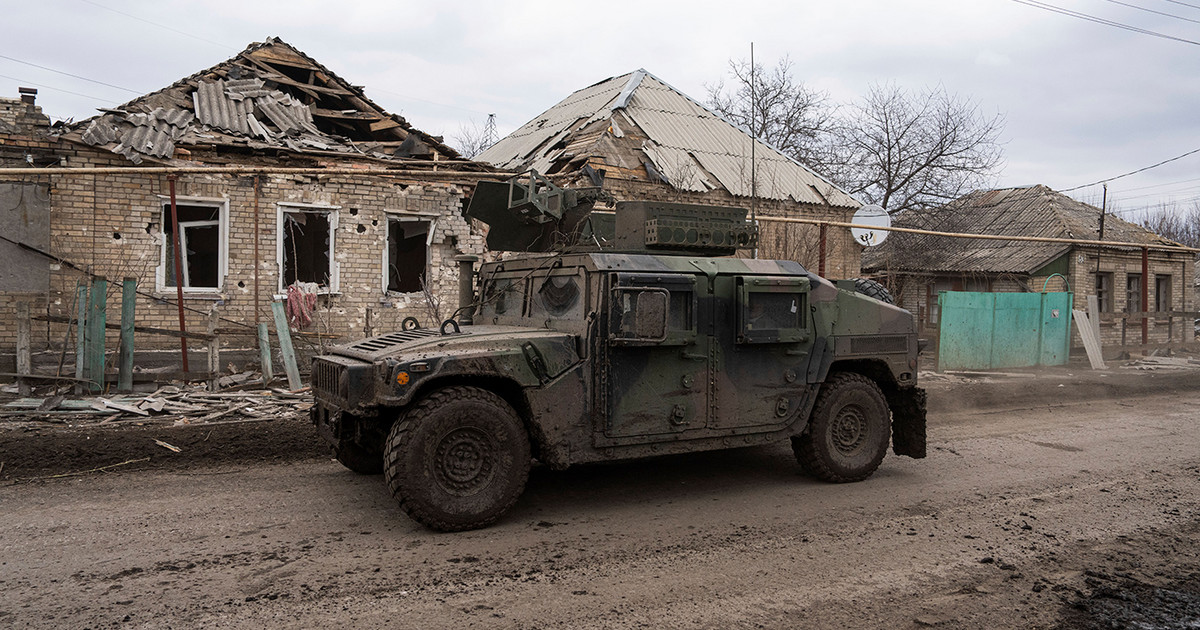On Tuesday, a Russian Su-27 fighter jet forced down an American MQ-9 drone over the Black Sea.
Senior US government officials were quick to place the blame on Russia: Gen. James B. Hecker, commander of US Air Forces in Europe and Africa, said the Russian aircraft’s “unsafe and unprofessional” flight nearly caused both the crash and the crash. of the Su-27 and the Reaper.
The US European Command claimed that one of the two Russian jets following the Reaper intentionally flew in front of the drone and dumped fuel several times.
The US State Department summoned Russian Ambassador Anatoly Antonov about the incident. During remarks the next day, Kremlin spokesman Dmitry Peskov warned that relations between Russia and the United States had reached their “lowest point”.
But the lowest point since when? Since Moscow’s annexation of Crimea in 2014? Since the Kremlin’s meddling in the 2016 US presidential election? Or maybe since Russia’s full-scale invasion of Ukraine last year?
With both countries routinely coming to a head when it comes to bilateral relations, perhaps we need new superlatives to describe how bad things are.
There’s no denying that the mid-air encounter – Russia denies there was a collision – heightened tensions between Moscow and Washington.
But a little historical perspective serves as a reminder that the confrontation between two nuclear-armed nations could be much more intense.
Take, for example, an often-overlooked chapter from the war in Syria. In February 2018, a US contingent on the ground in eastern Syria clashed with a force advancing on their base that included members of the Russian private military company Wagner.
American troops called in air and artillery strikes against the opposing force, causing dozens of casualties to Wagner mercenaries and their Syrian allies.
The battle was the deadliest encounter between US forces and Russian fighters since the end of the Cold War, but it did not escalate: the Russian government at the time denied the existence of the mercenary group (which currently publicly carries the brunt of the fight). around the Ukrainian city of Bakhmut).
But in 2018, reports about the battle also highlighted the existence of a long-standing “deconflict line” between the US and Russian militaries, designed to minimize the risk of inadvertent escalation by keeping channels of communication open about military movements and operations. .

These channels remained open even after Russia’s full invasion of Ukraine last year. Last March, the Pentagon acknowledged that it had an open deconfliction line to avoid military miscalculations near Ukraine.
It is unclear whether routine US drone flights over the Black Sea region reach the level of deconfliction: National Security Council communications coordinator John Kirby said US aircraft “have been flying consistently over this airspace for one year”.
He argued that there was no reason to activate decompression lines before flying over the Black Sea. And according to Kremlin spokesman Peskov, Russian President Vladimir Putin was informed about the drone crash, but there were no high-level contacts between Moscow and Washington on the matter.
While the lines of communication may be open, the US-Russia confrontation is certainly at levels not seen since the most dangerous moments of the Cold War.
“We haven’t faced the prospect of Armageddon since Kennedy and the Cuban Missile Crisis,” President Joe Biden told a group of Democrats last year in response to Putin’s nuclear saber-rattling.
“I don’t think there is the ability to easily use a tactical nuclear weapon and not end up in Armageddon,” he mused.
But while the Cold War provided the Cuban Missile Crisis and multiple nuclear launches, it is less remembered today that the Cold War escalated into a hot war between US and Soviet forces at various points during the decades-long confrontation.
During the Korean War, for example, US fighter pilots engaged in aerial combat against Soviet MiGs.
These fights, however, remained shrouded in secrecy, with records quickly classified (placed under wraps) and participants sworn in secrecy. One of the reasons? Fear of making such incidents public could heighten tensions between the two superpowers.
The same was also true of manned surveillance flights the US flew around – and sometimes over – Soviet territory.
The crash of the U-2 spy plane piloted by Francis Gary Powers in 1960 is the most famous case, creating great embarrassment for the United States and attracting the attention of the world media. But most of these programs remained classified and out of the news for decades.
One of the incidents that was only declassified decades later was the crash of Flight 60528, a US model C-130 airliner on a spy mission that was shot down over Soviet Armenia, killing its 17-person crew.
The US government acknowledged that between 1945 and 1977 over 40 reconnaissance aircraft were shot down on such missions.
So why the backlash and fury over Reaper’s takedown?
On the one hand, there is an ongoing information war surrounding the war in Ukraine.
The Russians, for example, took advantage of the incident: the secretary of the Security Council of Russia, Nikolai Patrushev, pointed out that the country would try to recover the wreckage of the MQ-9 to study it (two US officials confirmed to CNN that sensitive software on the unmanned aircraft was wiped before it crashed into the Black Sea).
Andrew Weiss, a Russia expert and Vice President of Studies and James Family Chair of the Carnegie Endowment, suggested that the drone downing had another use for the Russians, allowing Moscow to maintain a credible bluff about its willingness to escalate into a confrontation with the Russians. Western.
“Russian irritation at US and NATO activities in/around the Black Sea is nothing new,” he wrote on Twitter.
“Certainly, people in the Kremlin are smart enough to know that the US is not going to give up carrying out surveillance missions like the drone flight that a Russian jet shot down,” he added.
Weiss added: “For more than a year, the Kremlin has routinely threatened to interfere with Western arms shipments to Ukraine, but has done nothing to back it up.”
“Despite all the endless talk about possible risks of escalating a Russian attack, the reality is that deterrence was maintained. … To mix [com] A drone was a way for Moscow to try to rebuild its lost credibility – without threatening any US/NATO lives.”
But that’s the double-edged sword of deterrence.
Messing with a drone is one thing, but if Moscow acts in a (publicly) life-threatening way, then we might end up talking about a different scenario.
Source: CNN Brasil
Bruce Belcher is a seasoned author with over 5 years of experience in world news. He writes for online news websites and provides in-depth analysis on the world stock market. Bruce is known for his insightful perspectives and commitment to keeping the public informed.






